Digging into what keeps industrial valves operating effectively, bonnet gate valves quickly emerge as valve heroes. There’s a reason we call them valve heroes. They accomplish so much more than simply sealing the top of a valve. Bonnets, especially the pressure seal bonnet design, are the invisible heroes of every industry. From water treatment plants in San Francisco to biotech labs in every urban core, they keep systems running that protect public safety. Here’s what makes them the unsung heroes of valve dependability.
1. Containing Pressure Safely
Bonnets are designed to constrain high pressure within valves. You’ll find this in steam systems, oil refineries, and chemical process plants. There, pressure can reach up to hundreds or thousands of psi. The bonnet’s chunky walls and interference fit hold that pressure hostage.
Without one sturdy enough to contain the pressure, a valve would eventually erupt or leak, endangering lives and property. For instance, cryogenic bonnets are designed to withstand severe cold and pressure, while bellows seal bonnets protect against toxic gaseous emissions.
With a proper bonnet, the system can operate safely and efficiently with leaks and failures reduced significantly.
2. Guiding the Valve Stem Accurately
In many cases, when you turn a valve, the stem actually moves up and down or twists. If the bonnet leads the stem astray, the valve won’t operate as intended – it won’t open or close fully as needed.
Otherwise you’ll experience accelerated wear, jamming, or leaking. Quality bonnets have smooth bushings and accurately machined holes to center the stem. In ball and gate valves, this translates to repeatable, reliable movement under all conditions, every time.
Maintaining the bonnet in peak condition is a surefire way to keep the entire valve system working more seamlessly.
3. Providing a Critical Seal Point
Leaks are an enormous cost and headache in any plant. The bonnet is the area where the valve body connects with the stem, and it’s an important seal point. Bonnets need gaskets, O-rings, or welded joints to maintain the seal.
They commonly em ploy high performance materials such as PTFE or graphite to ensure tight seals under demanding service conditions. Industry standards require low leak rates.
ploy high performance materials such as PTFE or graphite to ensure tight seals under demanding service conditions. Industry standards require low leak rates.
A properly designed bonnet can go a long way to preventing hundreds of thousands of dollars in product loss while improving safety as well. Without this seal, you’d have significant drips, wasted fluid, and increased maintenance costs.
4. Shielding Internal Valve Components
After all, valves are expected to function for decades, sometimes in inhospitable environments. Dirt, moisture, corrosive chemicals or extreme temperatures can affect their performance.
The bonnet is like a valve suit of armor, preventing dirt, water and other grit from infiltrating sensitive internal valve components. In applications such as food processing or highly corrosive coastal cities, it prevents the valve components from corroding or prematurely wearing out.
A well-designed bonnet translates to reduced maintenance time, cost, and increased repair cycle.
5. Allowing Access for Maintenance
When it’s time to repair or inspect a valve, bonnets simplify the process. Several designs allow you to remove the bonnet without disassembling the entire valve. This significantly saves time and money, particularly in constrained spaces or congested plants.
Quick-release bolts and hinged covers provide quick access for technicians to the stem, disc, or seals. This design makes it easy to do field tune-ups and part swaps.
The better the access, the longer the valve will last and perform at peak performance.
6. Ensuring Overall Valve Integrity
The bonnet anchors the valve body, stem, and seat into a single unit. It provides integrity to the entire assembly, especially in high-stress scenarios.
Engineering and design decisions—including bonnet thickness, connection thread design, and welds—play a role in producing long-lived valves. Frequent replacements aren’t necessary if they’re combined with regular checks.
Bonnet erosion, cracking, or loosening can lead to leakage or catastrophic failure. That’s why nearly seven out of ten industrial valves rely on bonnets to ensure reliable operation and peace of mind.

Exploring Different Bonnet Designs
There are different valve bonnet designs out there. You don’t choose one for all tasks; each type was designed with a purpose! The bonnet design will have a huge impact on valve performance. It’ll affect how easily you can repair it and how long it’ll last in your setup.
Here are the most common bonnet designs and what they’re best suited for. Allow me to quickly walk you through what each one has to offer for players in the petroleum, power plant, and water treatment industries.
Bolted Bonnets: The Common Choice
Bolted bonnets are truly the workhorse of most plants due to the solid reputation they have for providing a robust seal. You find these common designs frequently in gate valves—both bolted bonnet gate valves and welded bonnet gate valves.
Another advantage is ease of removal of bolted bonnets. This removes any guess work on how to get inside for cleaning or maintenance, which is super easy to do…just pop it open! Gaskets—rubber, graphite, or metal—keep the seal compressed.
You’ll see bolted bonnets in applications where routine maintenance is key, such as in water treatment facilities and chemical refineries.
Threaded Bonnets: Simple Connections
Threaded bonnets employ a screw-on configuration, which makes them straightforward and inexpensive. They are more effective in low-pressure zones with valves less than 2 inches in diameter.
They work best when the fluids are gentle and non-corrosive. You can find them in small water service lines or even in modest gas distribution lines. Threaded bonnets are sealed with Teflon tape or pipe dope.
These tools are not intended for industrial applications or extreme pressures. If you need something inexpensive that will get the job done for a fairly straightforward task, these guys are great.
Welded Bonnets: For Permanent Seals
Welded bonnets equate to strength and a leak-proof joint. Once welded, they’re not coming off without considerable time and effort. That’s both a plus and a minus: you get a seal that holds up under high pressure and heat, but you lose the easy access for repairs.
These solutions are a natural fit in spaces where safety and dependability are most important. You can rely on them in power plants and steam systems, instead of bandaids. Typically, most of them are produced by forging or casting to withstand the stress.
Pressure Seal Bonnets: High-Pressure Masters
Pressure seal bonnets are designed for demanding applications—high pressure, high temperature, and corrosive fluids. They utilize unique seals that become more compressed with higher pressure, resulting in almost nonexistent leaks.
You’ll find these in coal and gas power plants, as well as large industrial facilities. They offer the best leak protection and long-term durability. Those benefits are accompanied by a greater upfront cost and repairs can be difficult if things go awry.
Special Bonnets: Extended & Cryogenic Uses
Special bonnets are produced for applications where the valve is exposed to high heat or cold temperature extremes. Long bonnet cryogenic ball valves keep the valve stem from cryogenic fluids.
This design feature prevents the valve from becoming clogged. Cryogenic bonnets require the use of high strength alloys such as stainless steel to maintain strength at cryogenic temperatures. They are critical to LNG plants, laboratories, and certain medical applications.
Like with the smart bonnet, you can replace these bonnets in a single move, which speeds up repairs considerably.
Bellows Seal: Superior Leak Protection
Bellows seals, or bellows-type seals, use a metal accordion-like element that stops leaks at the valve stem. This design prevents harmful or hazardous materials from escaping.
You find these in chemical refineries and other spaces with rigorous safety standards. They reduce leaks, but they are more expensive and require more care if damaged.
When No Bonnet Is Used
Some valves completely lack a bonnet. These elusive bonnetless valves come into play where weight or space is at a premium, or if you were aiming to reduce moving parts.
Take our oil and gas pipeline friends, for example. Going without the bonnet is a great way to cut leaks. It also increases the risk of foreign object debris ingress and makes repairs more difficult.

Materials Make the Bonnet
Next, I know from experience that the material of valve bonnets makes a big difference in how well they perform. This knowledge informs how I judge their success or failure. The bonnet acts as a protective cage over the valve body. It withstands extreme pressure, extreme temperature variation, and all the possible evils that the process fluid can throw at it.
Choosing the best material is what makes the bonnet durable, offers a proper sealing surface, and protects the entire valve internals. If you’re in charge of system design or upkeep, it’s worth digging into what makes one material work better than another.
Typical Bonnet Material Options
That’s because the things that you put your bonnet through are usually very heavy duty materials such as stainless steel, carbon steel or cast iron. Steel, which accounts for almost 70% of all valve bonnets, is notable for its strength and wear life.
Stainless steel is the right choice when you need maximum corrosion resistance, such as in chemical manufacturing facilities or water treatment applications. While it’s a good choice for high pressure applications, carbon steel lacks in areas prone to wet or acidic conditions.
Cast iron may be less expensive but it’s more brittle and ill-suited for high-stress areas. For applications in which corrosion is a major concern, bronze and brass come into play, particularly in marine or aquatic environments.
When you’re dealing with corrosive chemistry or extreme temperature, titanium or exotic alloys like Inconel 625 become very attractive solutions. Expect to pay a lot more for these materials. Each pick means a trade-off: more strength and resistance often mean higher cost, so the choice depends on what you need and what you can spend.
Matching Materials to Your Needs
Selecting the right bonnet material begins with understanding what you face. It really depends, you know, you’ve got to consider what fluid you’re moving, the pressure of the fluid, the temperature of the fluid.
Harsh conditions, such as hot steam and corrosive chemicals, can be especially challenging for materials. For resistance to heat and chemicals, your best option is stainless steel or in certain applications titanium.
If you’re doing a water application or even an air application, you can tend to use less expensive metals. To avoid leaks and premature failure, always ensure that your bonnet material is compatible with your other valve components.
It’s important to check pressure and temperature ratings, because not all metals retain their strength as temperatures increase. One of the biggest lessons I’ve learned in choosing materials is to always look for these specs.
Fighting Corrosion and Heat
Corrosion and heat are the two largest factors that destroy valve bonnets. When facing corrosive acids, saltwater, or hot, moist steam heat in industrial facilities, you want materials that can take a beating.
Stainless steel and specialty stainless alloys are just the ticket. Often a high-quality coating, such as an epoxy or PVD (physical vapor deposition) plating, provides additional longevity and protects against rust and scale.
If you’re working in a high heat environment, ensure that the bonnet metal won’t deform or lose structural integrity at that temperature. Employing the proper combination of metal and coatings can allow a bonnet to perform for decades—even in highly corrosive environments.
Balancing Cost and Durability
Steel and composites/alloys are more expensive up front, but save you in the long run. That’s because their durability minimizes repairs, saving you money in the long run.
So I always balance the initial cost versus how damaging future downtime or repairs will be. Picking a cheaper metal might look smart at first, but if it fails, you’ll spend more on fixes and lost work.
Beware this trap—select bonnet materials suited to the task, even if you have to pay more initially.
How Pressure Affects Bonnets
The amount of pressure they are subjected to significantly influences the performance and longevity of valve bonnets, including various types like the pressure seal bonnet and standard bonnet. When examining a bonnet, it is evident that it is designed to withstand the forces within the valve.
What Pressure Tells Us about Bonnets
Design Pressure informs bonnet design significantly. It shapes our material selection and our philosophy towards safety. In the U.S., where many plants and systems operate these types of valves on a daily basis, you have bonnets that need to hold up to rigorous standards.
Only odd jobs get done on the low end of the pressure spectrum. By comparison, some others handle over 100 bars of pressure in gas and chemical facilities. While the majority of bonnets—about 70%—are suitable for low-pressure, benign jobs, those designed for high pressure applications require added consideration and attention.
Instead, high pressure, or heavy weight, places tension on each square centimeter of a bonnet. This prevents the bonnet from easily being opened or removed after years of use. This translates into the need for significantly more torque, and in many cases, specialized tools, just to get it off.
Overextending the bonnet outside of its manufactured tolerance can cause the bonnet to leak. If pressure is too high, you might see seal failures or damage to the valve body itself. It’s important to know the pressure rating. It’s not simply a mathematic calculation; it shows the bonnet’s ability to absorb pressure.
As you can see, this knowledge empowers you to save your personnel and your equipment. Yet high pressure is enough to make even the ideal seal begin to degrade. This breakdown can result in leaks, causing larger issues further along.
Designing Strong Bonnet Seals
A proper seal begins with proper design. We’re employing designs that distribute pressure so that no single location yields first. Materials make a difference as well—sturdy metals, resilient elastomers, and at times unique coatings.
In some higher pressure applications, such as aerospace, you’ll find seals constructed of stainless steel or reinforced polymers. How you produce the components matters as much as what you produce. Precision machining and tighter tolerances result in less space for error.
If a component is even a hair out of alignment, that’s an invitation to leaks. Problems such as poor design imperfections that create uneven surfaces or improper gasket fitting are common contributors to seal failure.
Understanding Potential Leak Paths
Leaks usually begin as minor damage—a hairline crack, or an area where two components fail to form a tight seal. So to identify potential leak paths, we focus on joints, seams, and areas where gaskets are located.
Conducting dye tests or pressure tests to identify potential issues can catch problems before they start. Having a leak can develop due to vibration, pressure swings, or perhaps chemical degradation. Routine inspections should be required, particularly in areas with a lot of pressure for cycled roads.
Better gaskets, better surface finish, and better training of your crew all prevent leaks from the get-go.
Risks from Stress and Bending
Under stress and bending, the bonnet experiences extreme trauma. If a valve is poorly installed, it poses a risk for catastrophic failure. Further, too much banging on the pipes can apply increased pressure to the bonnet.
This stresses the seal and can cause the part to become warped. With age, even minor bends can create stress that results in a crack or a leak. Ensuring adequate valve setup, with proper supports goes a long way.
When we design for stress, we put in ribs or make walls thicker where it’s needed. That makes the bonnet very sturdy, even when conditions turn bad.


















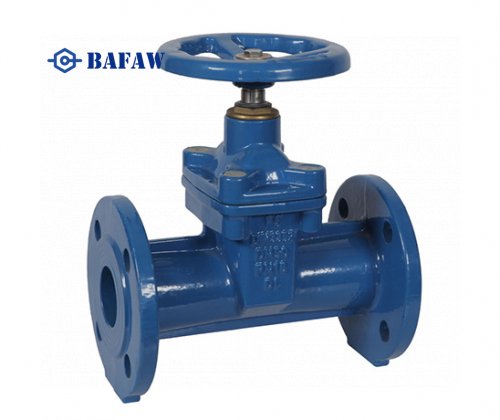







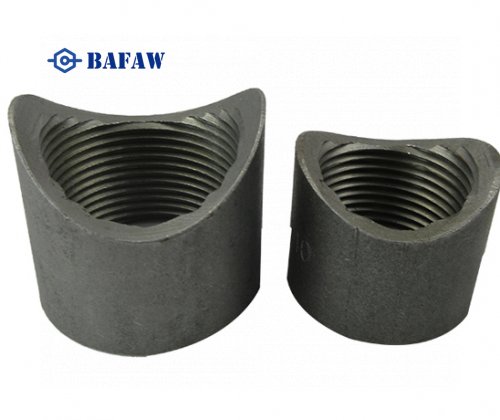
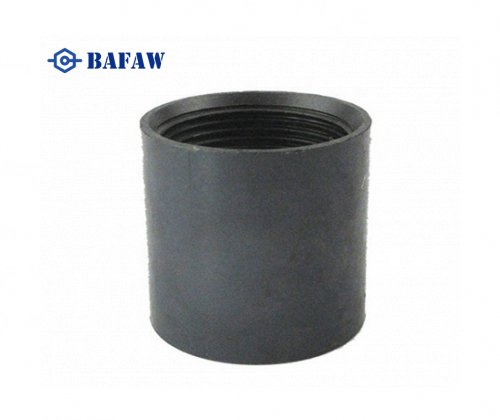
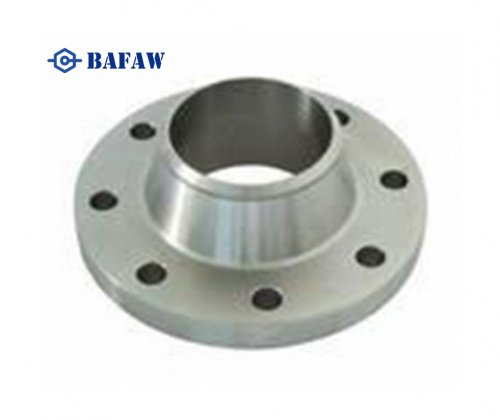

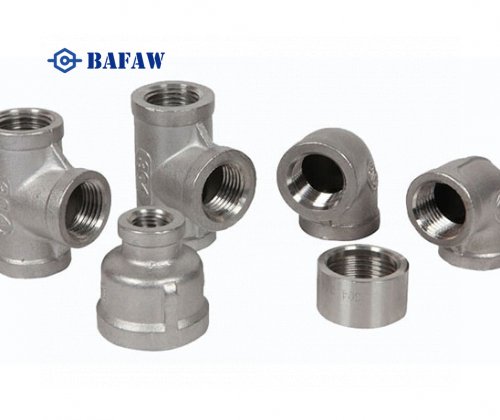
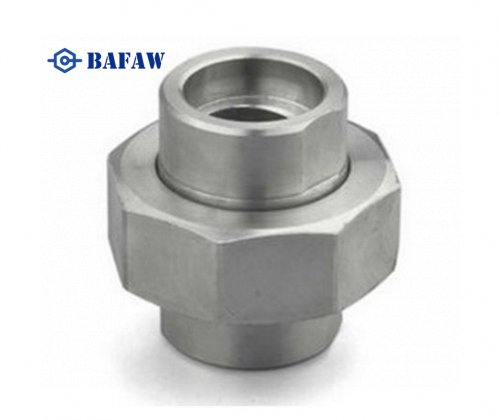
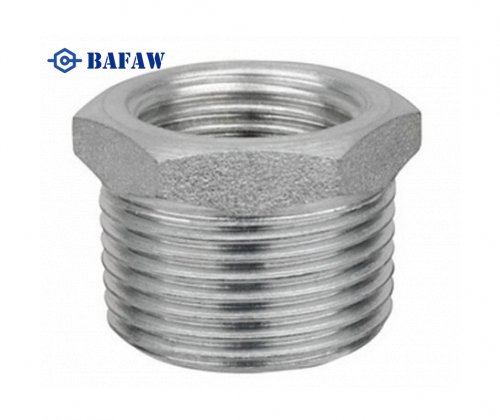

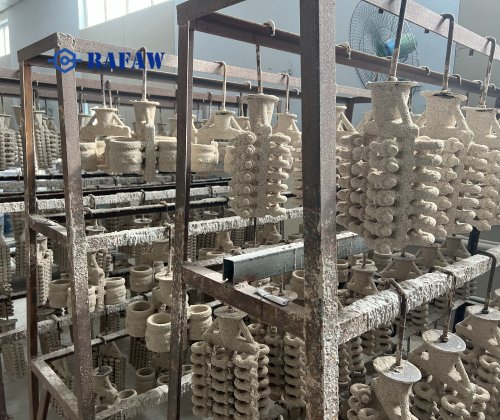
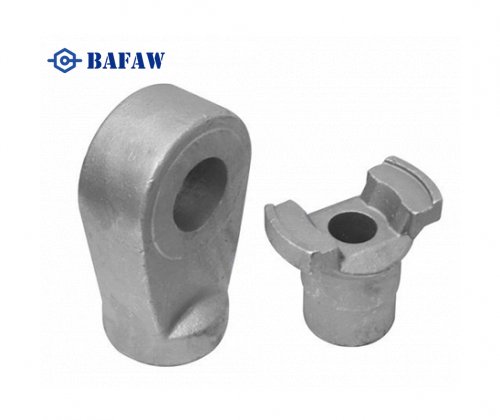
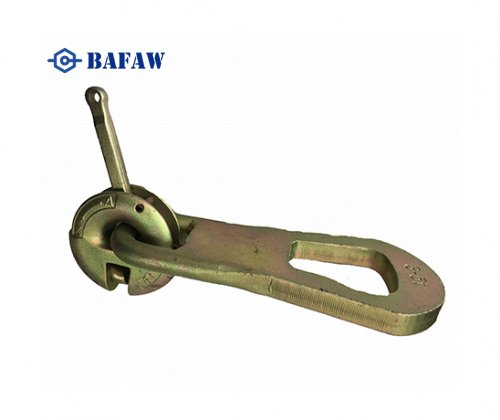
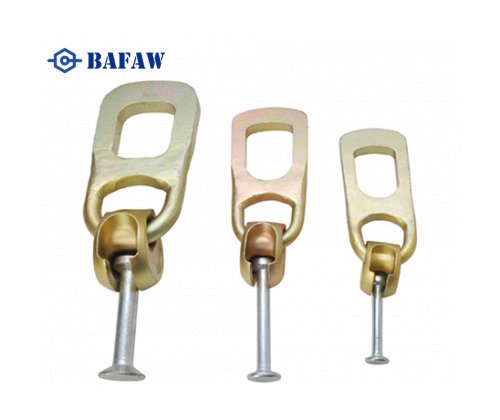
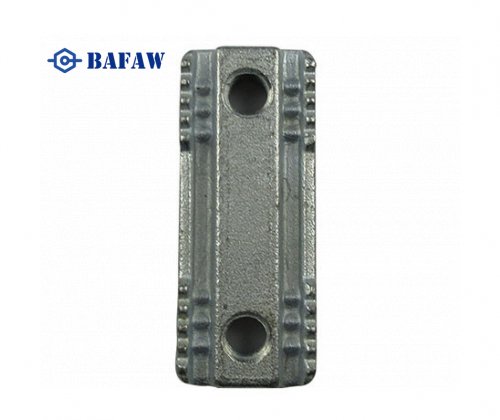
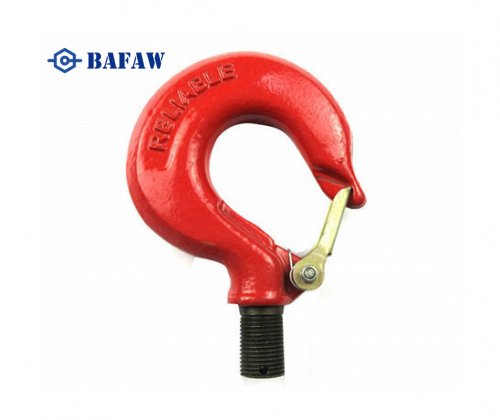
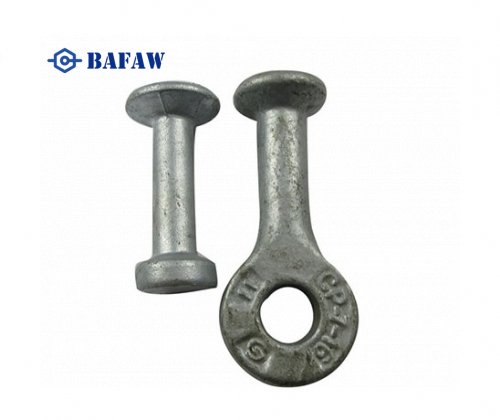
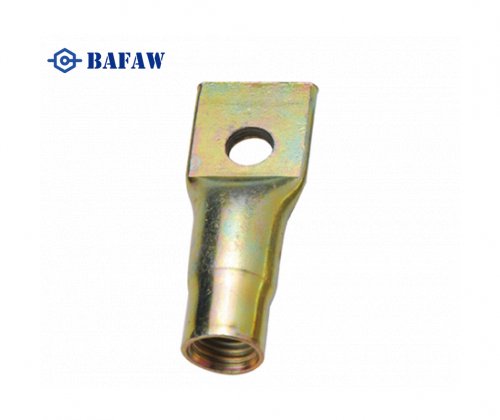


 ploy high performance materials such as PTFE or graphite to ensure tight seals under demanding service conditions. Industry standards require
ploy high performance materials such as PTFE or graphite to ensure tight seals under demanding service conditions. Industry standards require 





